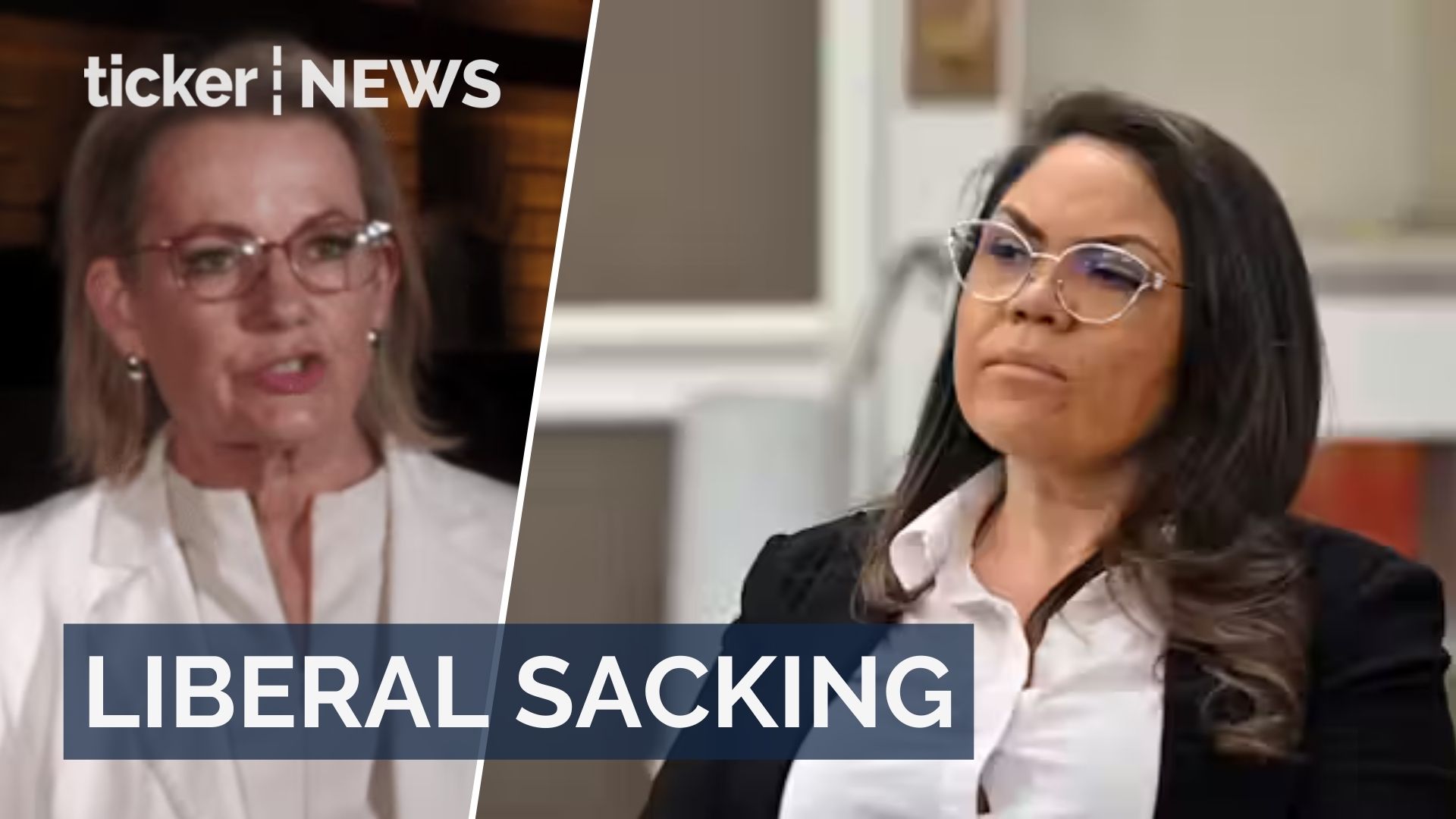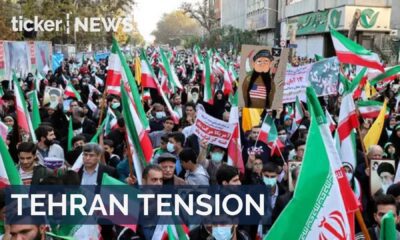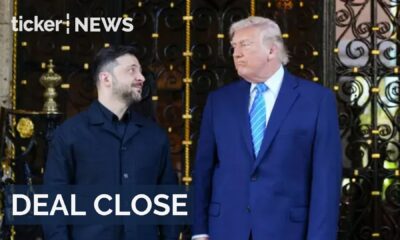Opposition Leader Sussan Ley has sacked Jacinta Nampijinpa Price from the shadow ministry, citing the senator’s failure to endorse her leadership as well as her refusal to apologise over her comment about Indian immigrants.
The battle with Price came to a head late on Wednesday, after Price declined to express conference in Ley’s leadership when pressed by reporters in Perth. Price said that was “a matter for our party room”.
Ley told a press conference in Hobart: “Today, Senator Jacinta Nampijinpa Price critically failed to provide confidence in my leadership of the Liberal Party. Confidence in the Leader is a requirement for serving in the shadow ministry”.
Ley also said despite being given “the time and space to apologise” for her remarks about Indian immigration, Price “did not offer an apology today – and many Australians, not just of Indian heritage, have been calling for that apology – for remarks that were deeply hurtful”.
Last week Price said the Labor Party encouraged Indian immigrants because they voted for it. She has subiquently walked back her position but steadfastly refused calls from within and outside the Liberal Party to apologise for them.
Ley said: “My team and I have been out listening to Australians of Indian heritage and we have heard their response and the pain and hurt that these remarks provided for them.”
After Ley told her she was out of the shadow ministry, Price said in a statement, “this has been a disappointing episode for the Liberal Party. I will learn from it. I’m sure others will too. No individual is bigger than a party. And I’m sure events of the past week will ultimately make our party stronger.”
Price has been shadow minister for defence industry. She defected from the Nationals to the Liberals after the election, hoping to become deputy opposition leader on a ticket with Angus Taylor. In the event, she did not contest the deputy position after Taylor lost to Ley.
Price’s relegation to the backbench leaves her free to speak out, not just on immigration issues but on many other issues as well, including the party debate on its commitment to net zero greenhouse emissions.
Ley hopes her action against Price will shore up her authority in the party, but it remains to be seen whether it could instead be destabilising for her.![]()
![]()
Michelle Grattan, Professorial Fellow, University of Canberra
This article is republished from The Conversation under a Creative Commons license. Read the original article.
























